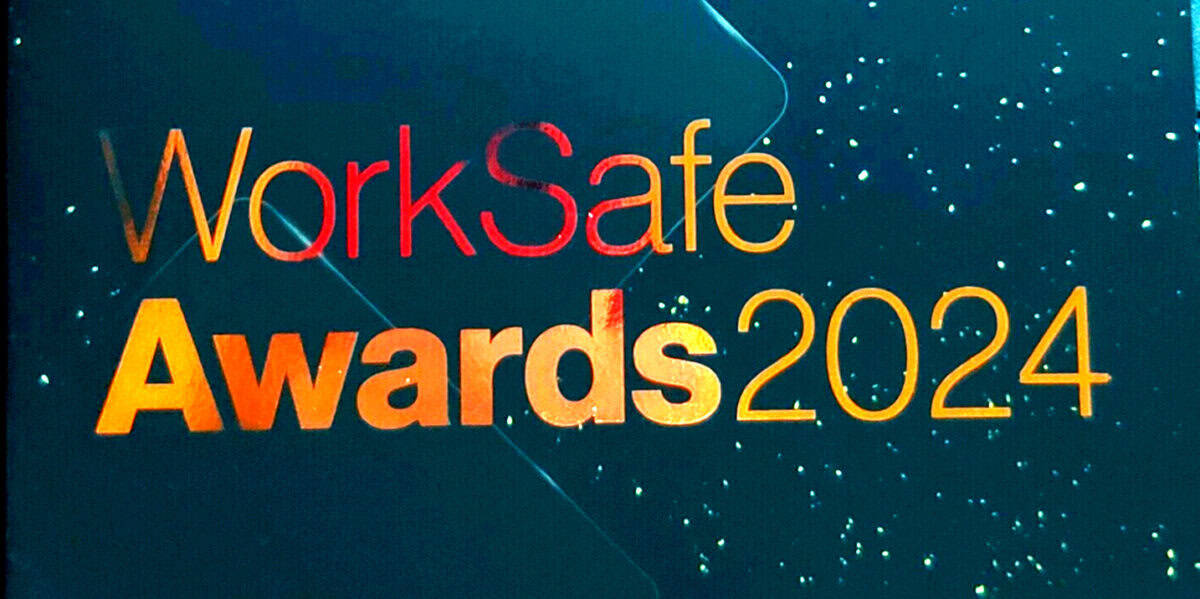Militant construction unions in Australia have damaged the relationship between the community and the trade union movement. Although the typical trade union member may be a nurse, a teacher, or a public servant, most would depict a member as a big, aggressive, rude, and domineering man. Australia’s trade union movement is trying to redress this perception, but it cannot progress until it eliminates the unsafe behaviour of the organisers of the Construction Forestry Mining and Energy Union (CFMEU). The Queensland government is set to give reform a red-hot go.
Category: union
OHS Challenges: Neglected Business Element Faces Profit Conflicts and Misaligned Perspectives
Sometimes you need to stop what you’re doing and reflect. This could relate to life, work, values or more. I was invited to talk to the Central Safety Group (CSG) this week on “Challenging Mainstream OHS Views”, so I stopped, thought, and jotted down some personal opinions to discuss. It was a helpful exercise.
NSW Bickers Over Psych Comp Costs While Ignoring the Cure: Safer Workplaces
Currently, workplace politics in New South Wales are wrapped up in arguing about changes to the way workers’ compensation covers those with a psychological injury. The justification, as it was with similar issues in Victoria last year, is that the growth in workplace mental health claims apparently jeopardises the viability of the workers’ compensation scheme. These arguments exclude the long-term occupational health and safety (OHS) solution to the problem, and it is not as if governments were unaware of this emerging financial challenge.
Workplace safety, AI , and what the Victorian Premier said
Last week’s International Workers’ Memorial Day in Melbourne is stuck in the back of my mind, niggling into my thoughts. I reread the article I wrote at the time and realised that it did not outline what was said by Victorian Trades Hall Council Secretary, Luke Hilakari or the Premier, Jacinta Allan. Below are my takeaways from Hilakari’s speech and a slightly edited transcript of the Premier’s speech.
Mental health, neoliberalism and trade union myopia
The Australia Institute is a progressive (Left-leaning) research institute that recently commemorated its 30th anniversary with a book called “What’s the Big Idea?” Contributors are compatible with the Institute’s ideologies, but some chapters overlap with occupational health and safety (OHS).
Politics on display at safety awards night
WorkSafe Vcitoria’s annual awards night for 2024 was held last week. It was an unexceptional night, with around 400 in the audience, most of whom were award finalists and their colleagues. Although unexceptional, it was not dull, as the finalists’ stories were often compelling. However, the event needs a boost. Perhaps not to the flamboyance of earlier this century with over 1000 attendees and dancing into the night, as that would not be a good political look, but it needs something.
What was not notable was the politics of the evening.
Another Executive leaves WorkSafe Victoria and new psychological regulations announced
For personal reasons, Joe Calafiore, Chief Executive Officer of WorkSafe Victoria, announced his departure today after less than eighteen months. Narelle Beer departed in mid-2024.
Calafiore said in a staff email that:
“This job is 100% or nothing, and at this stage I am unable to commit the full focus that the role requires.”
WorkSafe Victoria Chair Bob Cameron told staff:






